
There's More to That
Smithsonian MagazineSmithsonian magazine covers history, science and culture in the way only it can — through a lens on the world that is insightful and grounded in richly reported stories. On There's More to That, meet the magazine's journalists and hear how they discover the forces behind the biggest issues of our time. Every two weeks, There’s More to That will give curious listeners a fresh understanding of the world we all inhabit.
Host Ari Daniel is an independent science journalist who has reported across six continents and contributes regularly to National Public Radio among other outlets. In a previous life, he trained grey seal pups and studied wild Norwegian killer whales. In the fifth grade, Ari won the "Most Contagious Smile" award.
Smithsonian magazine covers history, science and culture in the way only it can — through a lens on the world that is insightful and grounded in richly reported stories. On There's More to That, meet the magazine's journalists and hear how they discover the forces behind the biggest issues of our time. Every two weeks, There’s More to That will give curious listeners a fresh understanding of the world we all inhabit.
Host Ari Daniel is an independent science journalist who has reported across six continents and contributes regularly to National Public Radio among other outlets. In a previous life, he trained grey seal pups and studied wild Norwegian killer whales. In the fifth grade, Ari won the "Most Contagious Smile" award.
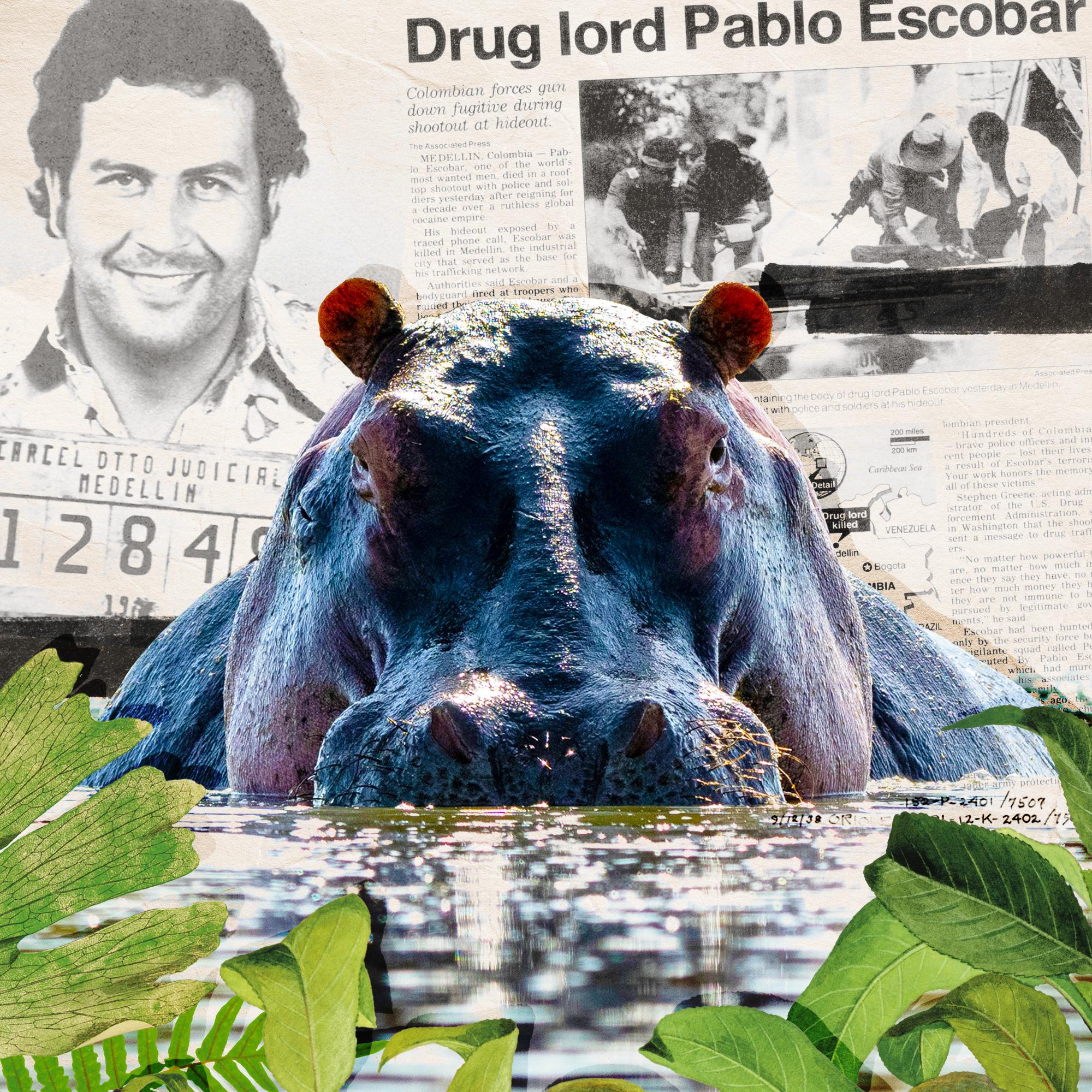


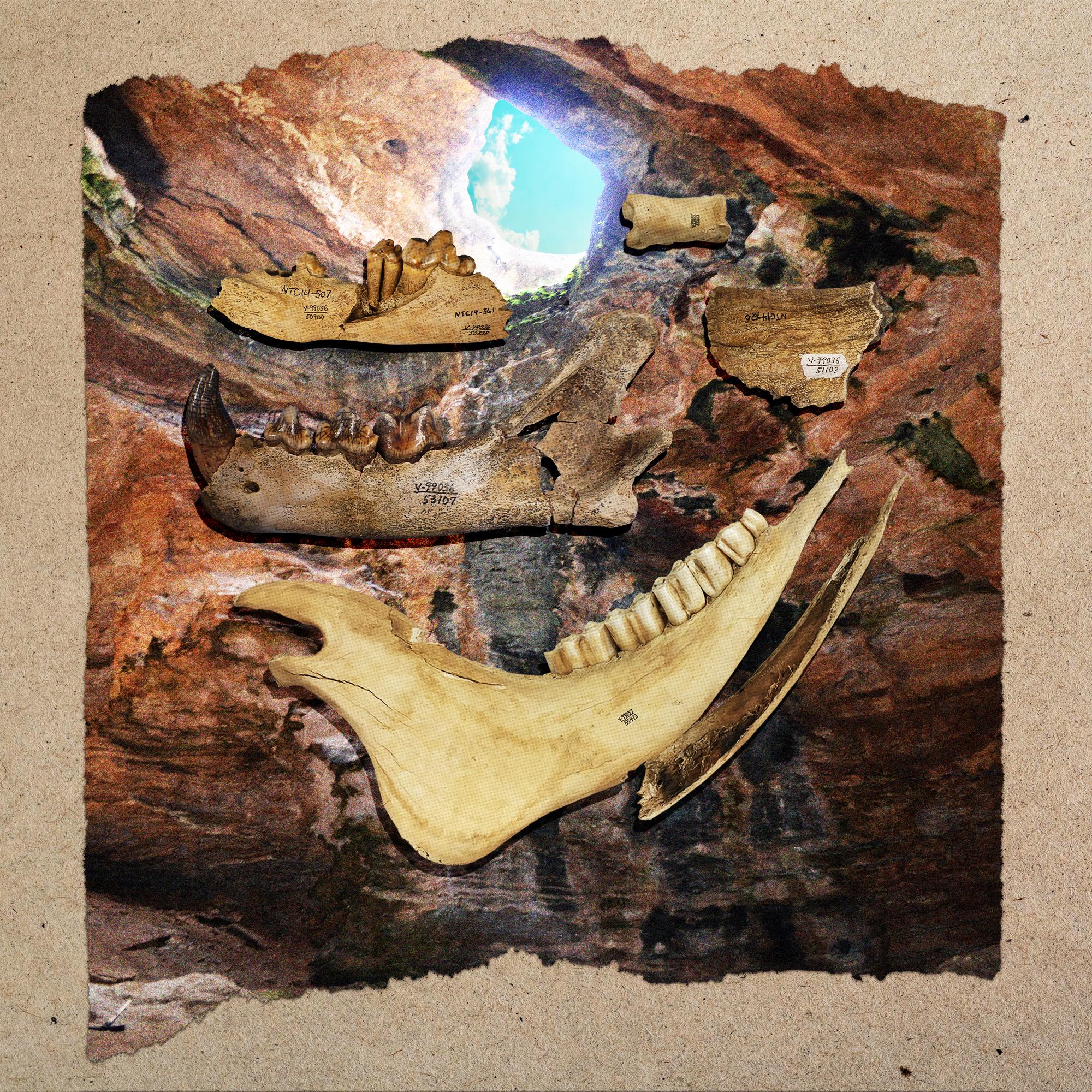
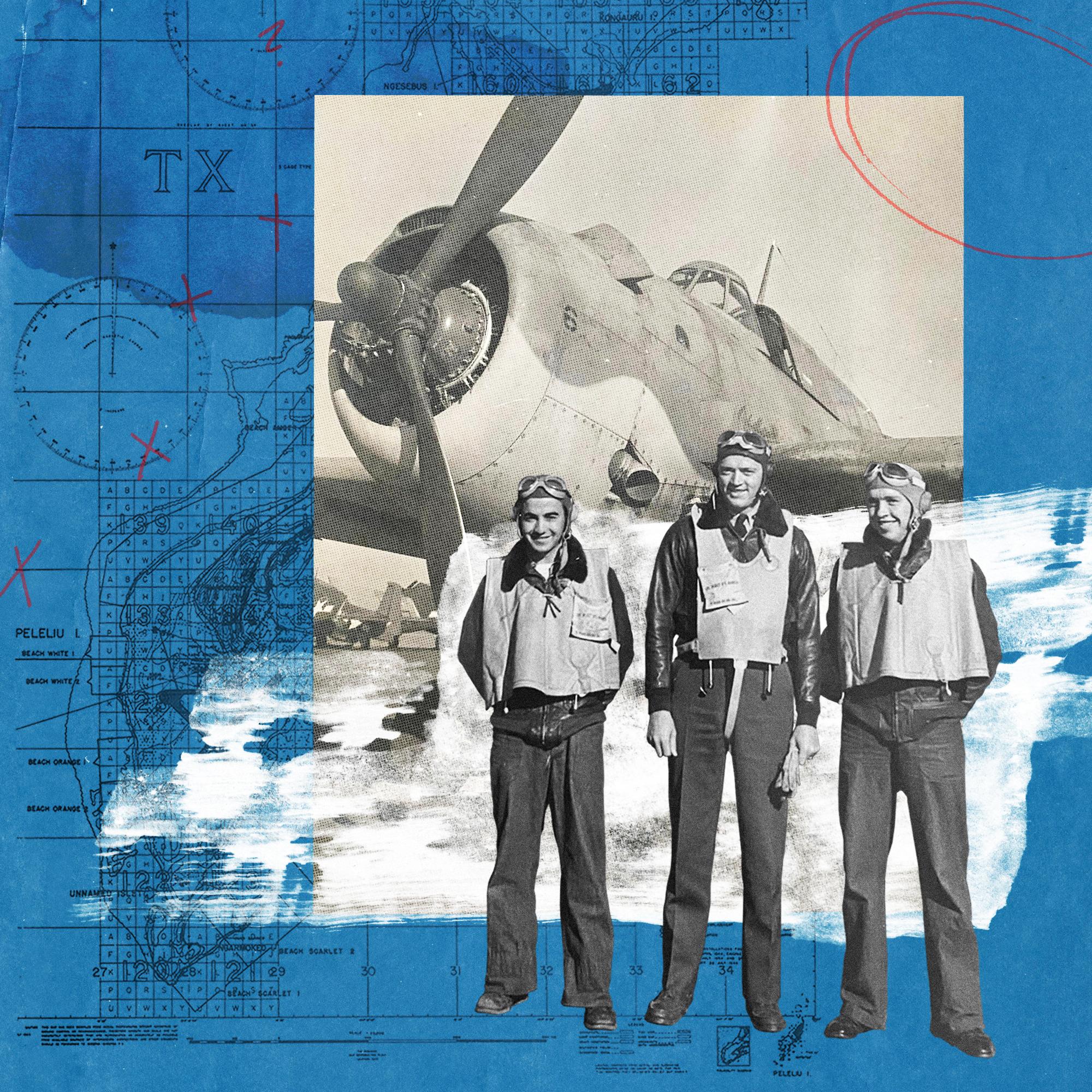

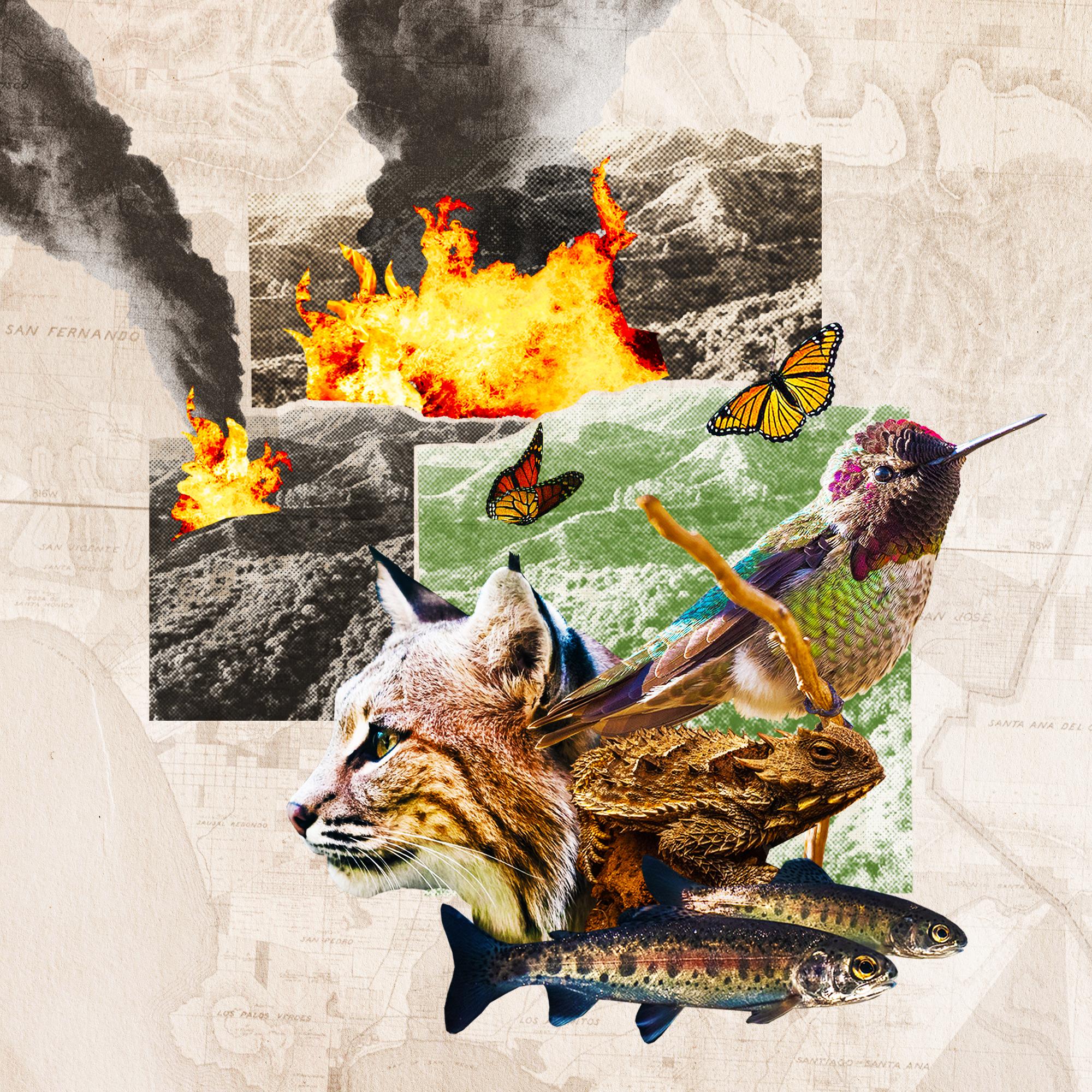
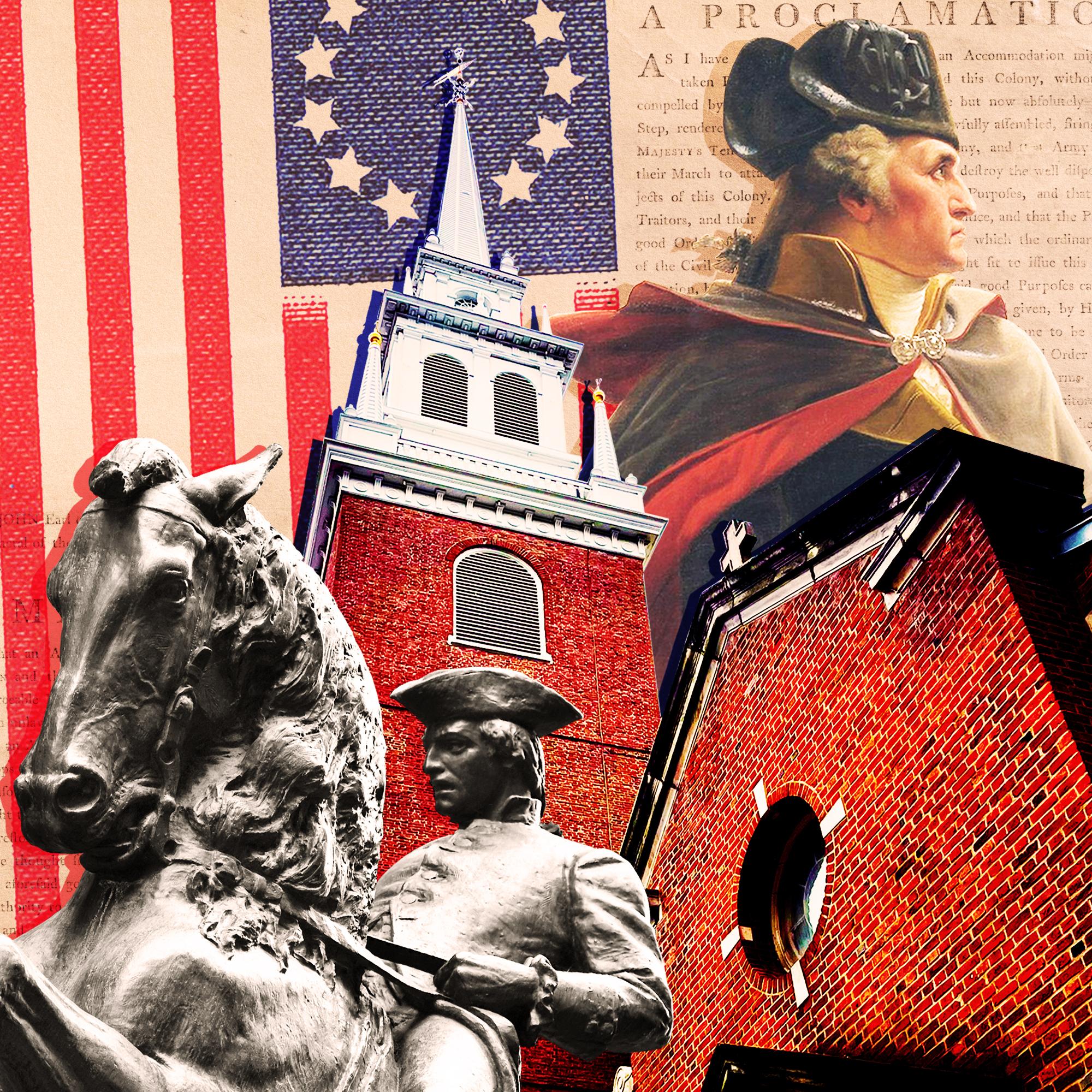


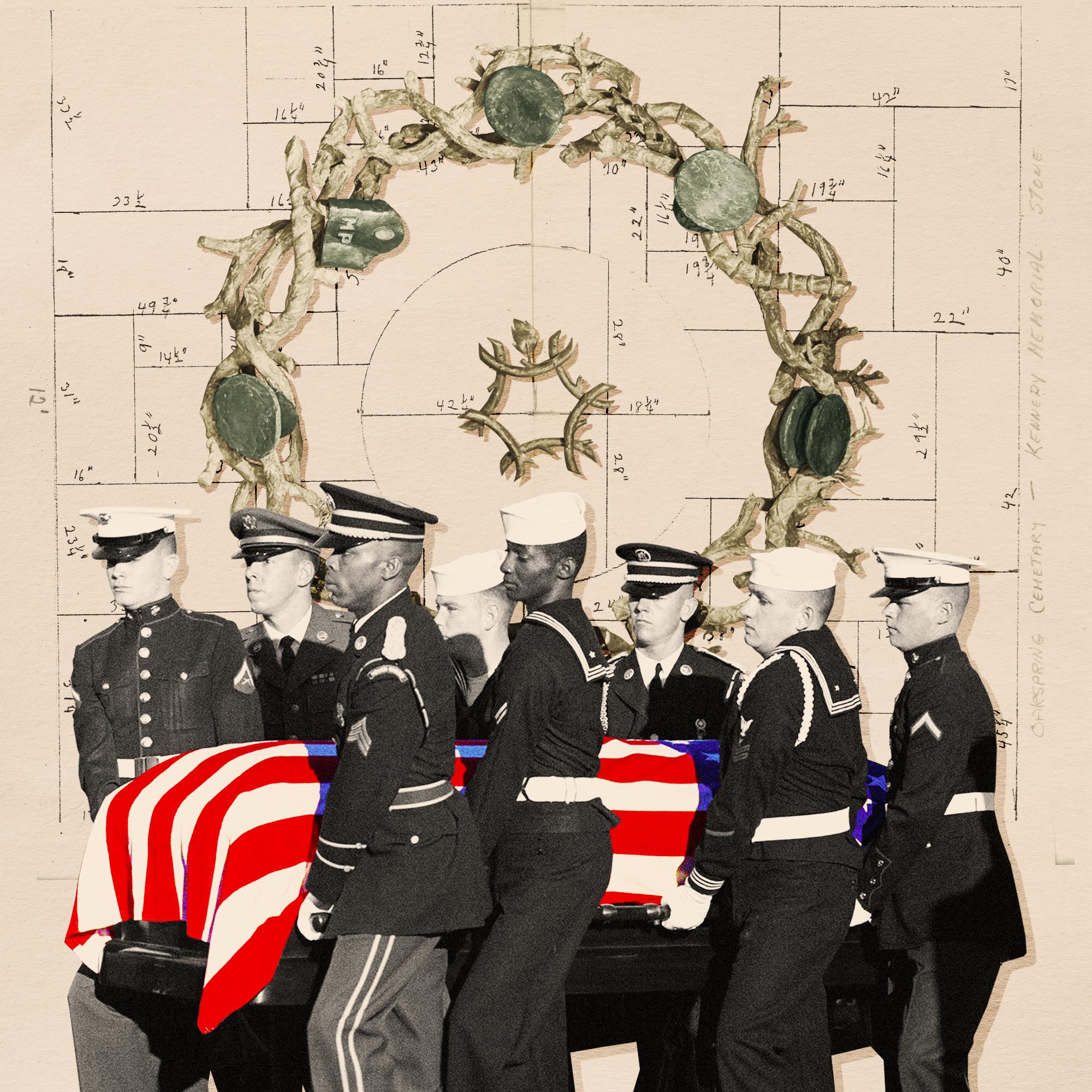

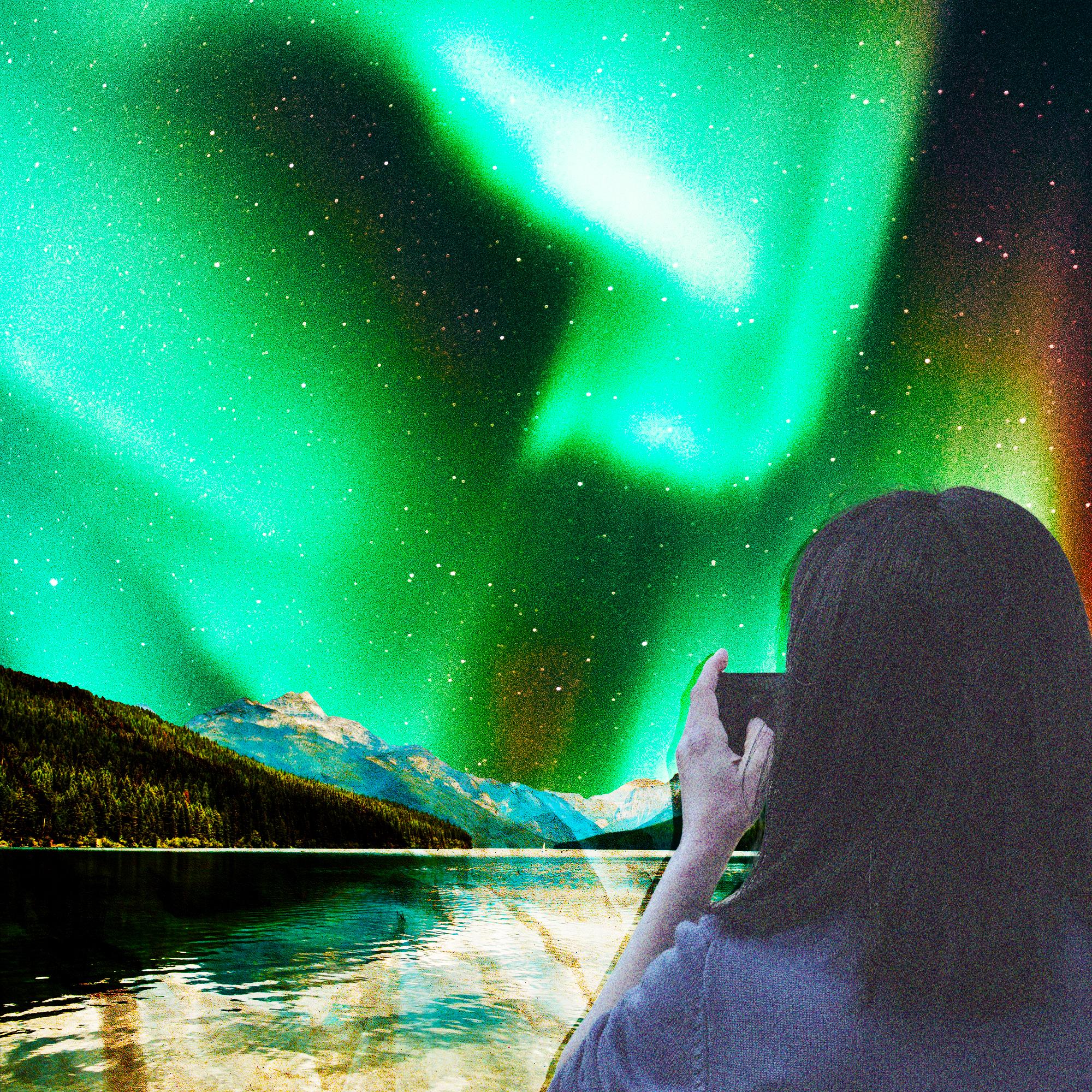

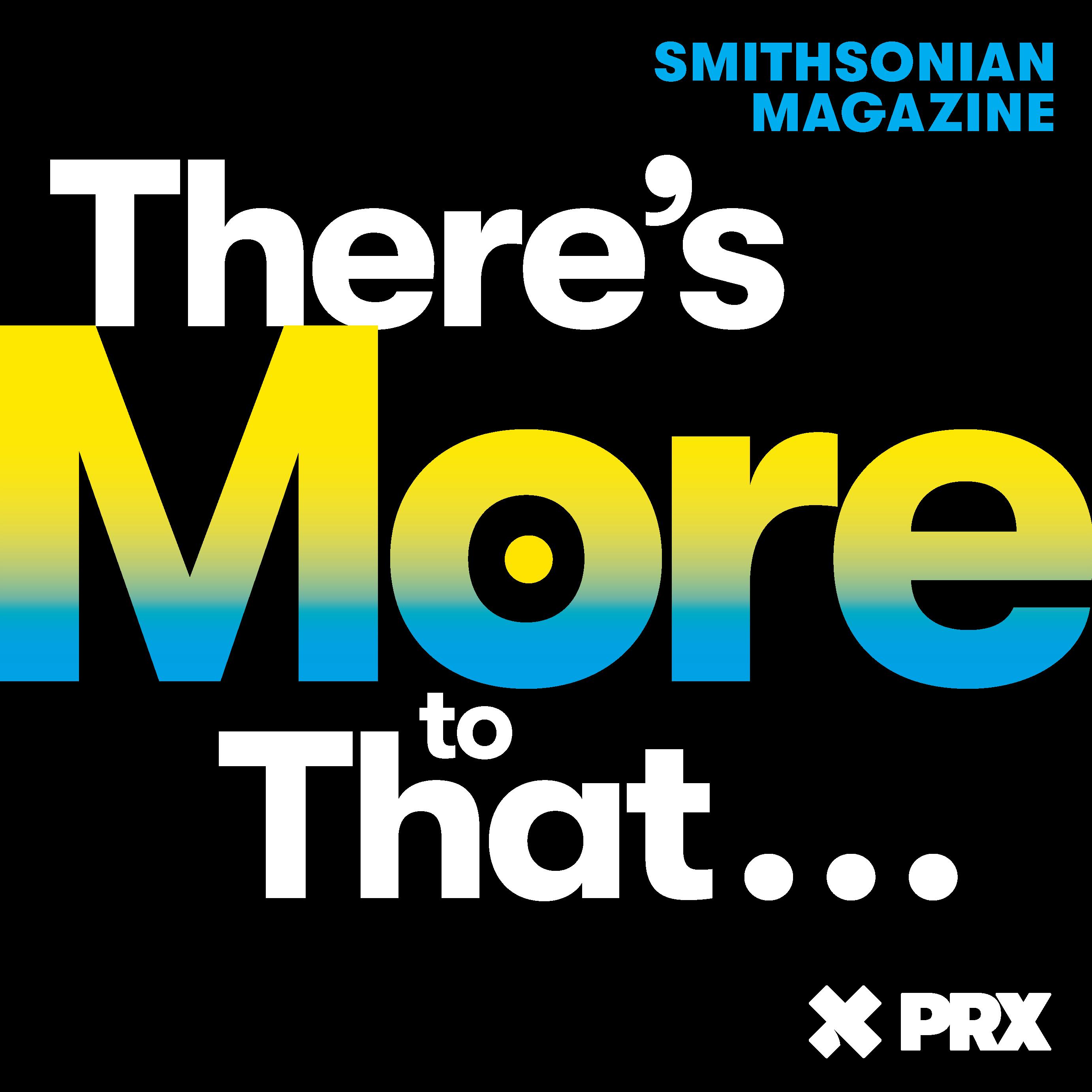
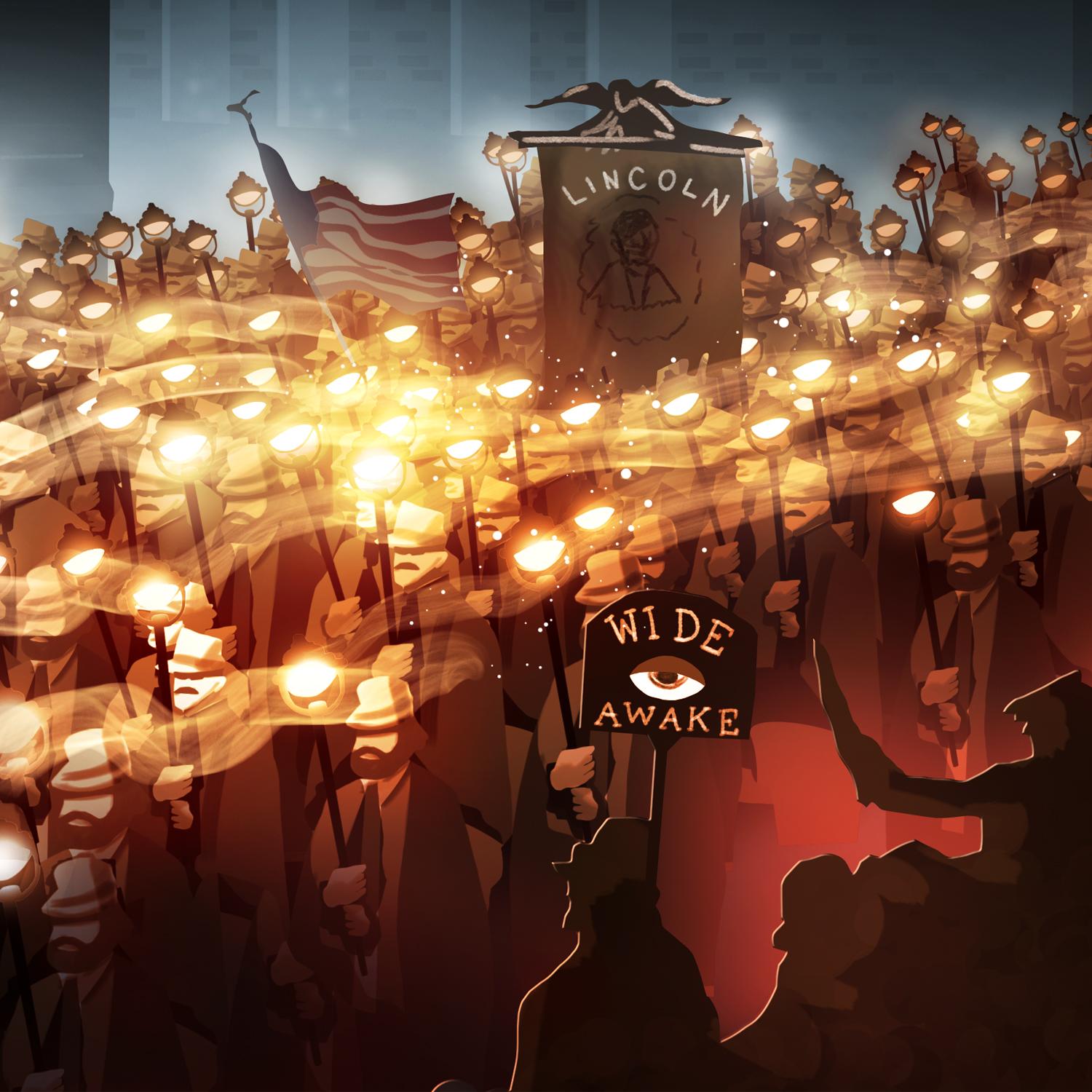
![Thumbnail for "[Rebroadcast] Meet The 6888: The WWII Battalion of Black Women That Inspired the New Netflix Film". Thumbnail for "[Rebroadcast] Meet The 6888: The WWII Battalion of Black Women That Inspired the New Netflix Film".](/_next/image?url=https%3A%2F%2Ff.prxu.org%2F3987%2Fimages%2F29f4b683-18fd-459e-9f95-412d5ef33f25%2FSmithsonian_TheresMoretoThat_logo.jpg&w=3840&q=75)
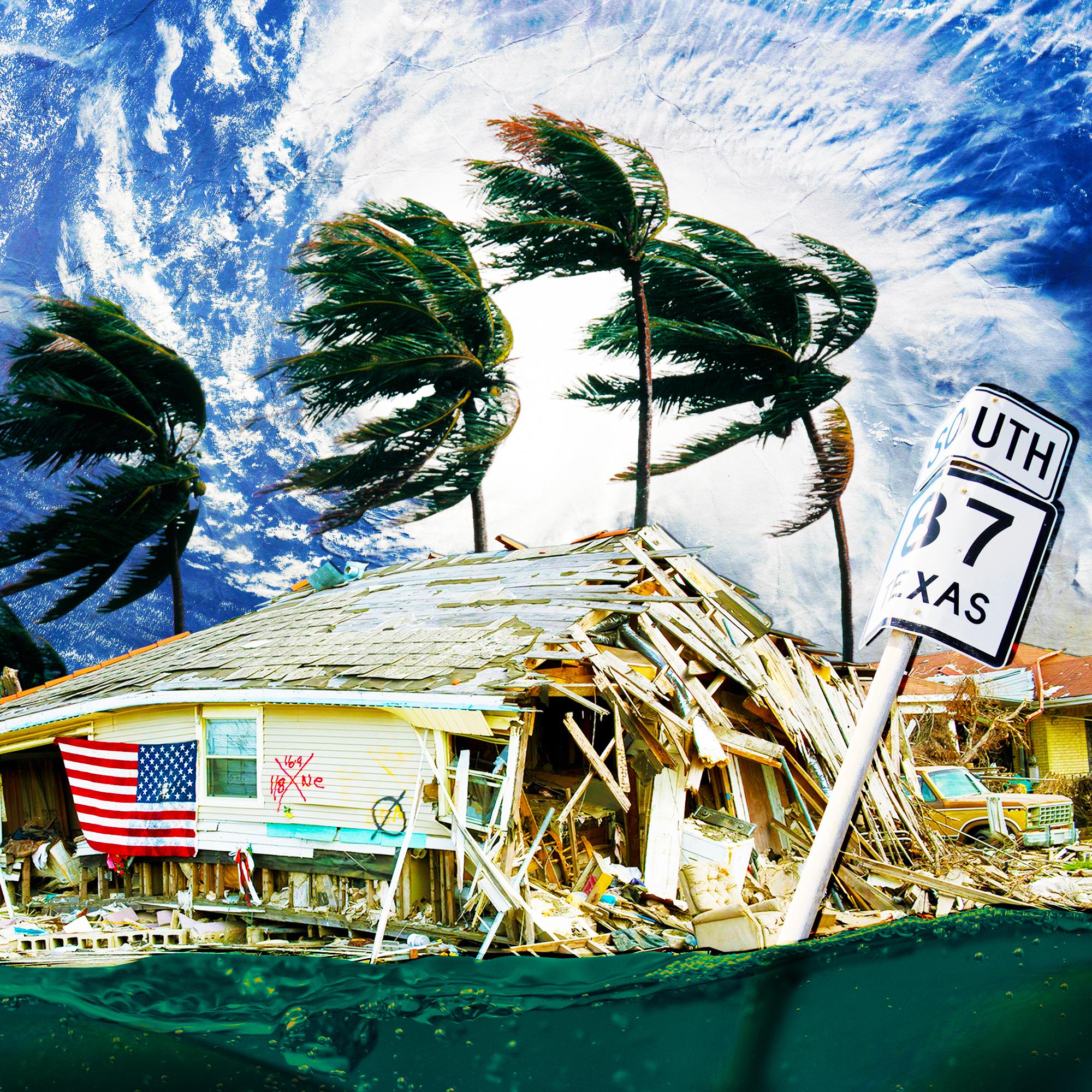



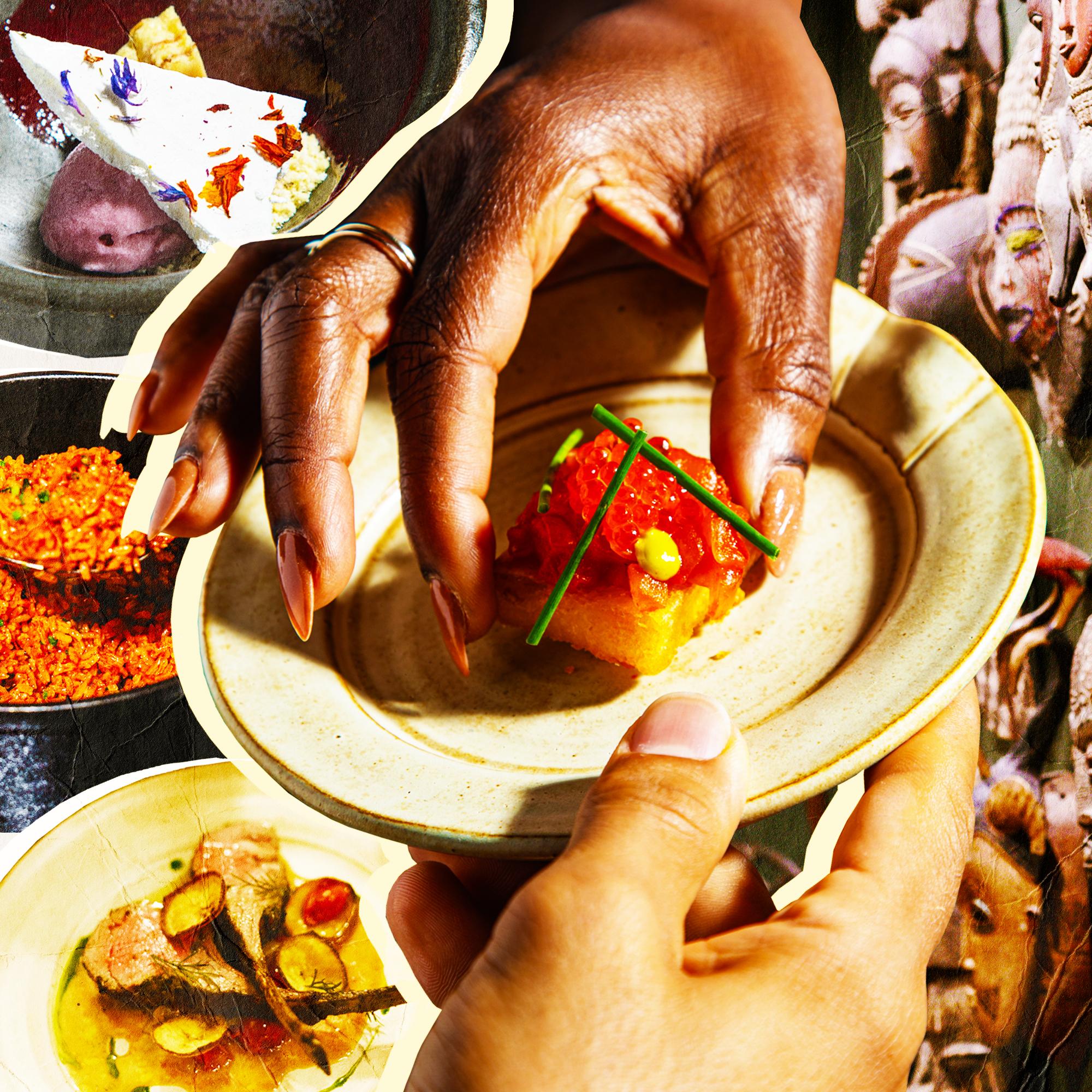

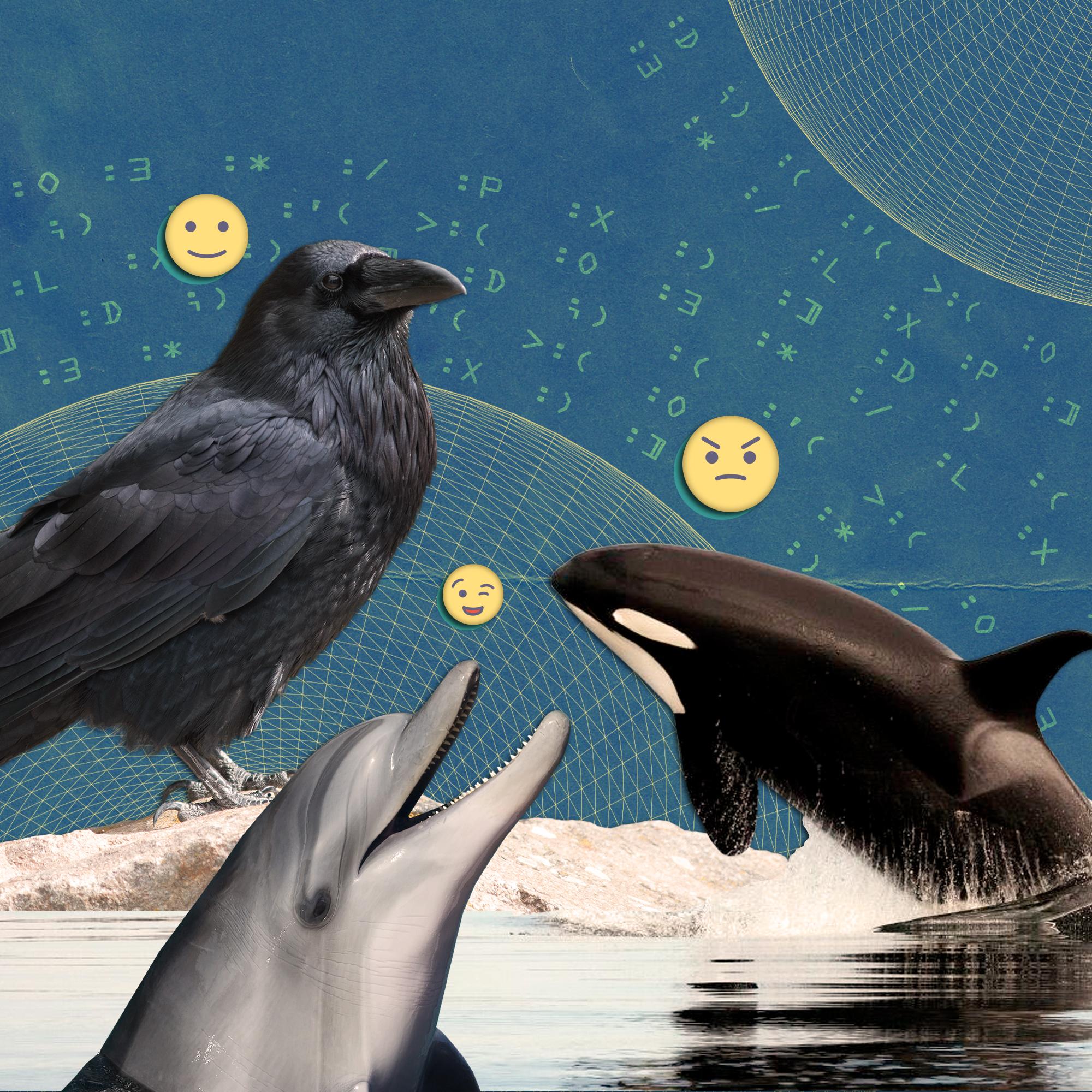



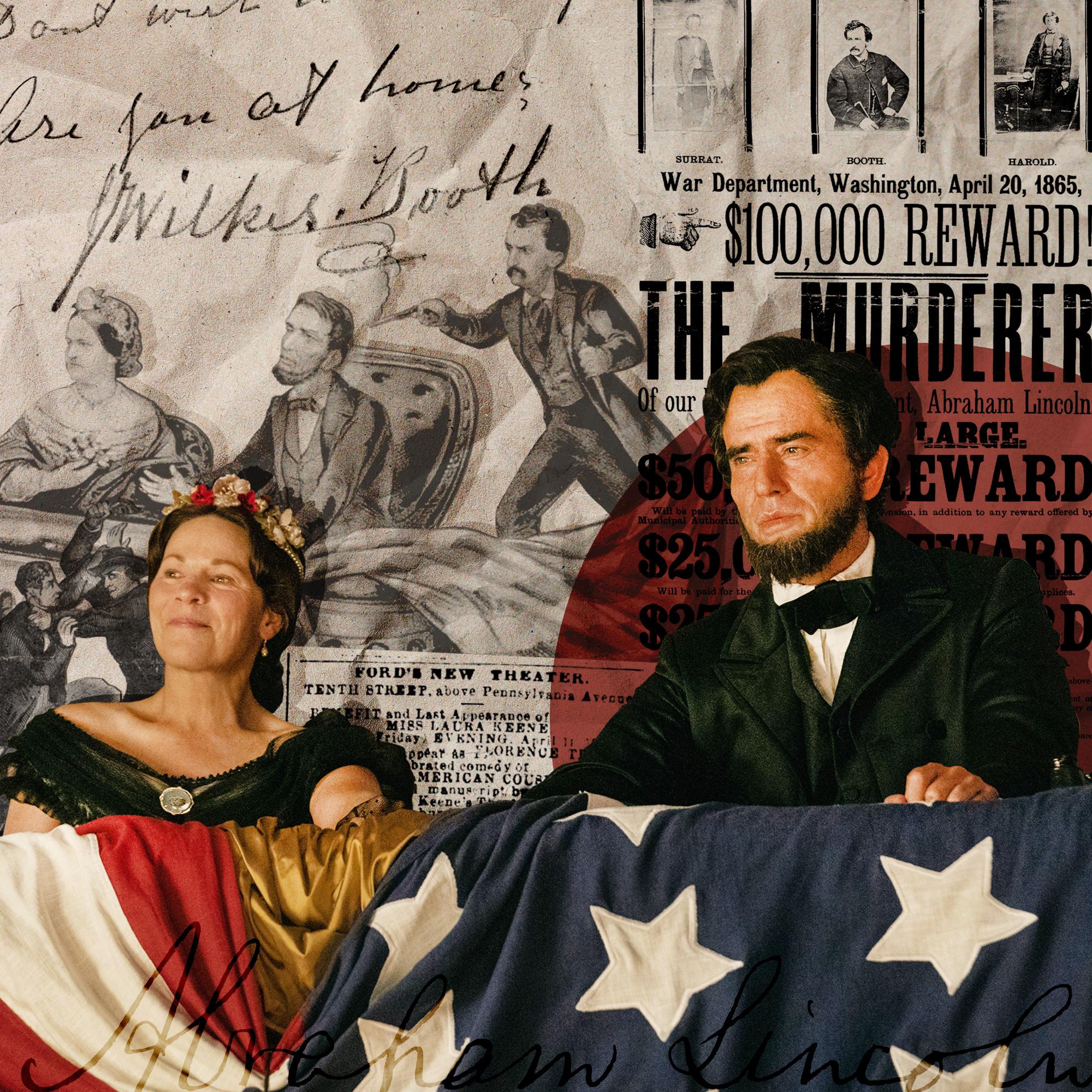

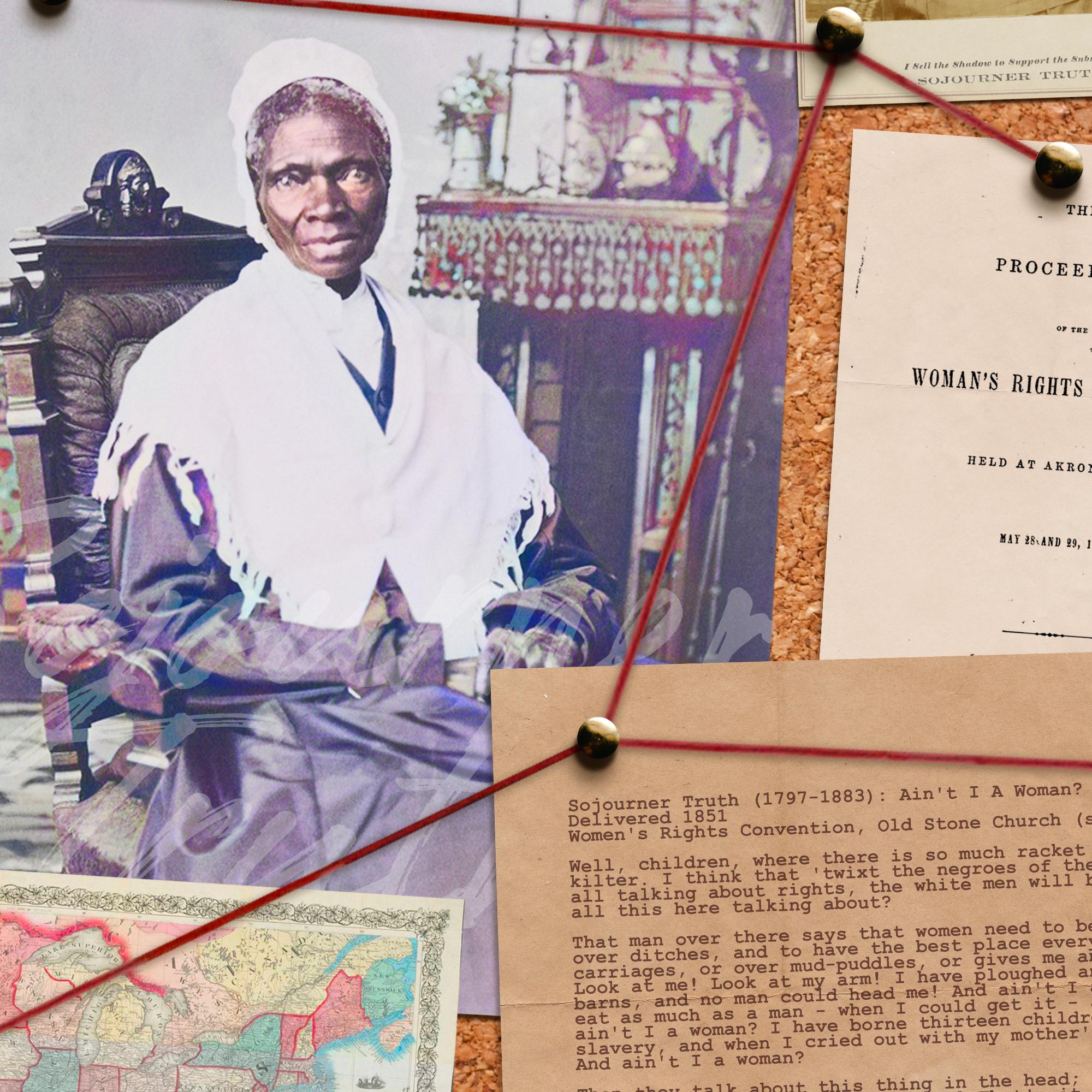
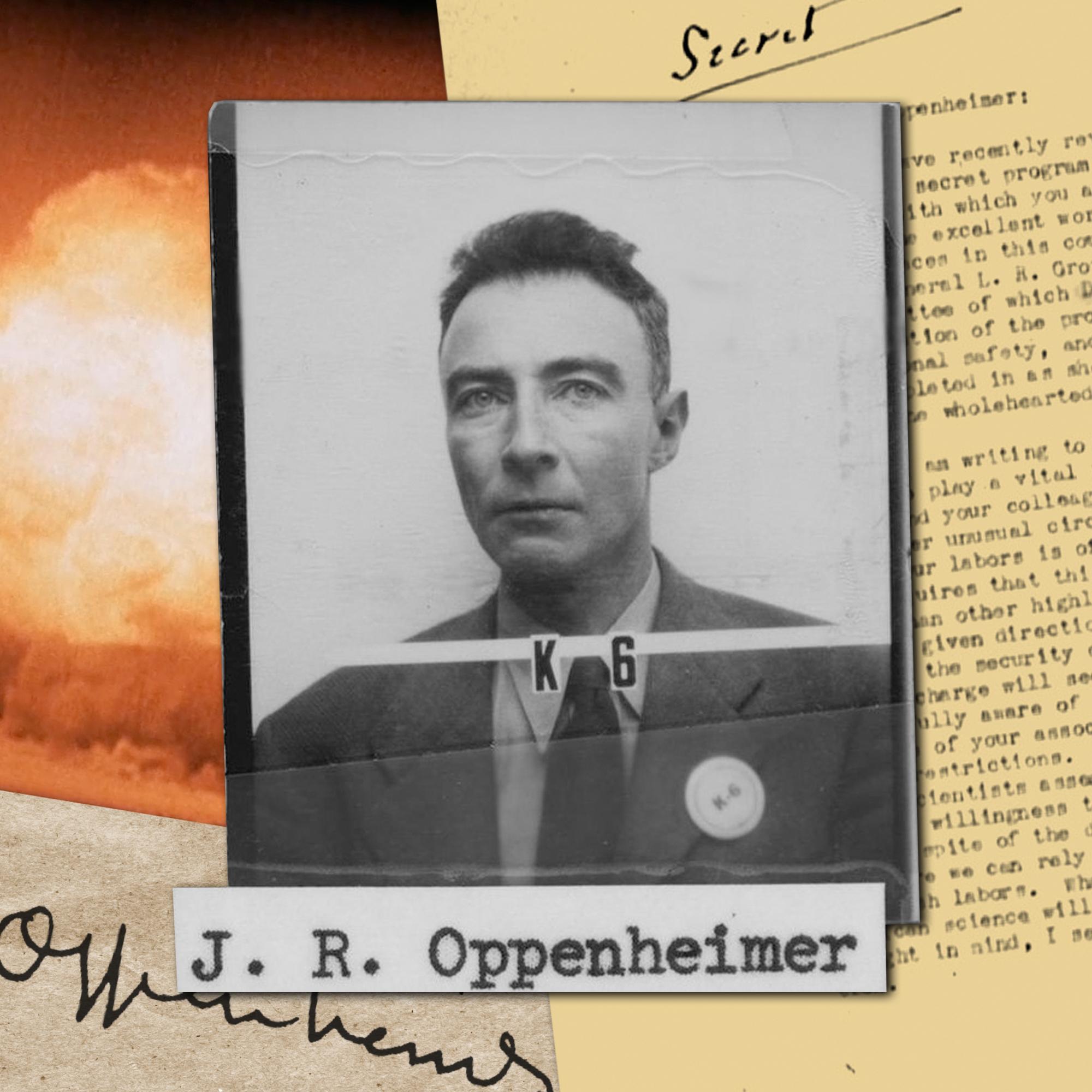
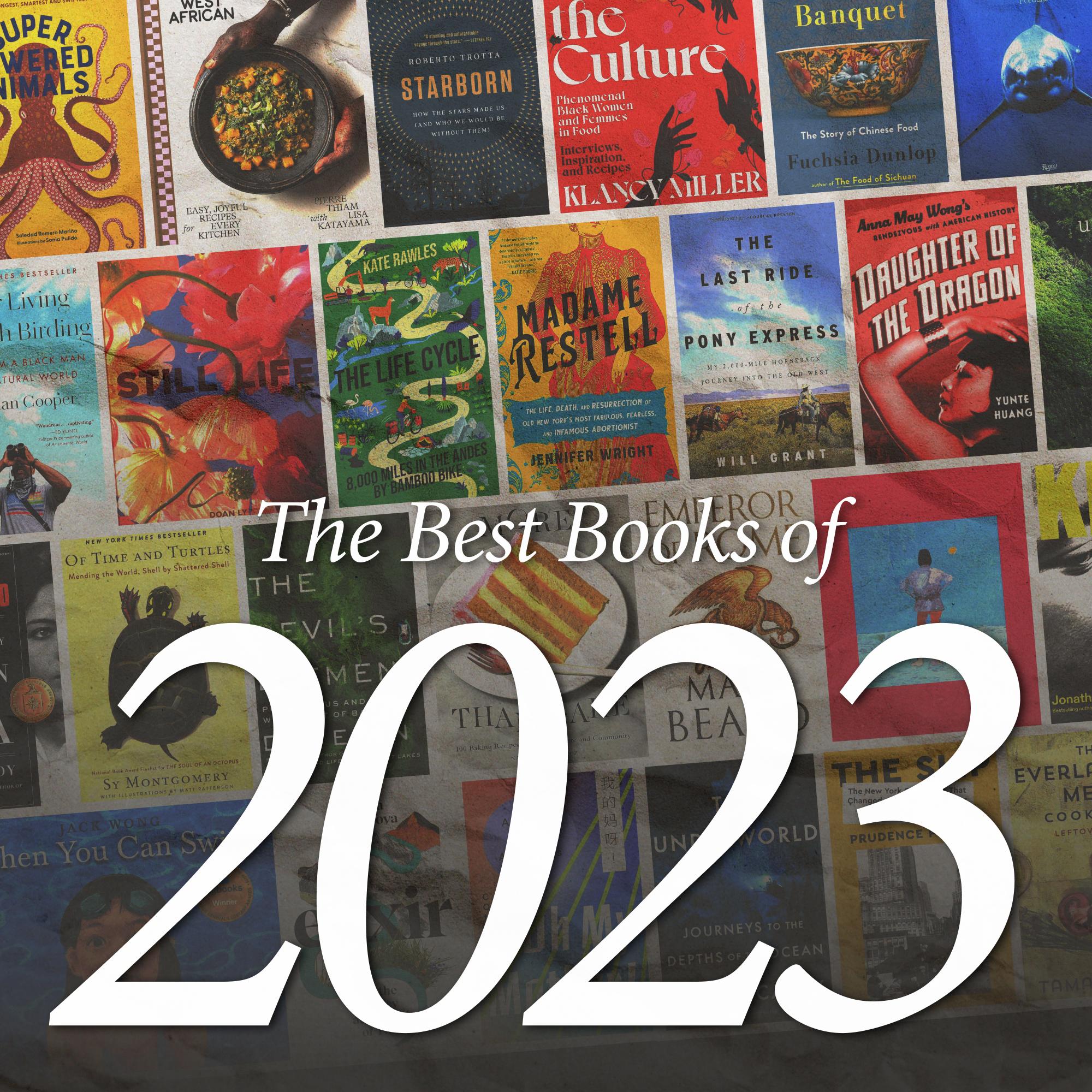
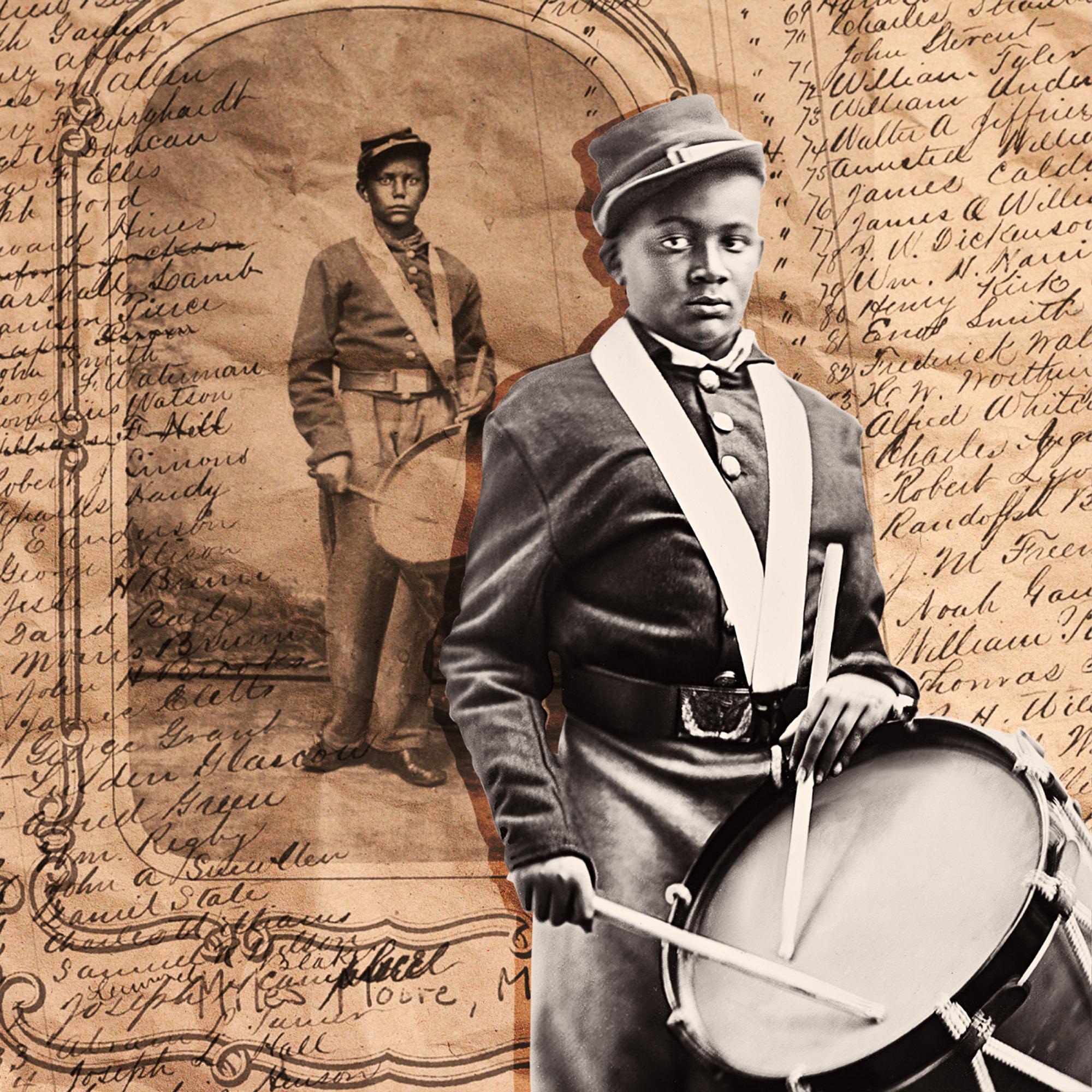
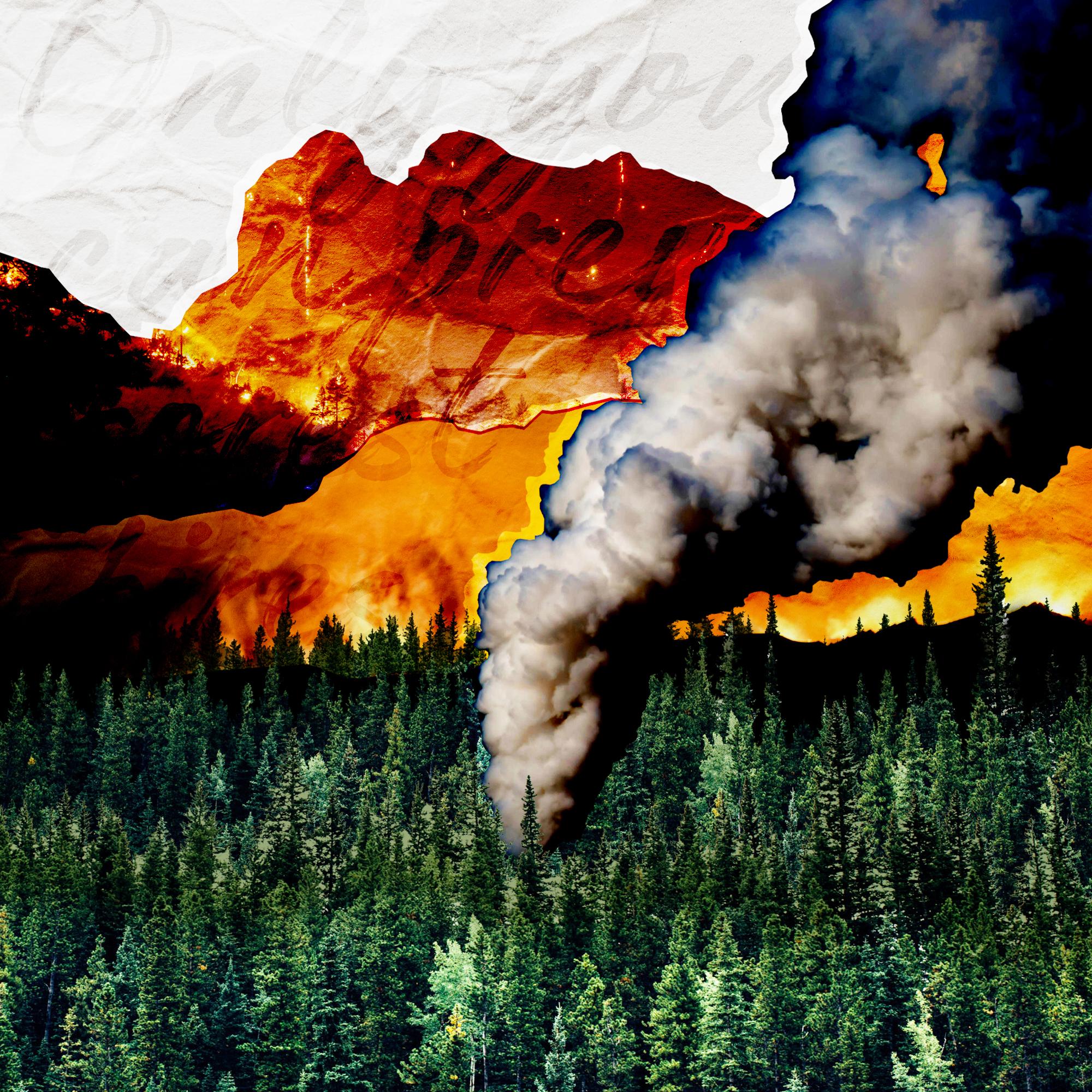

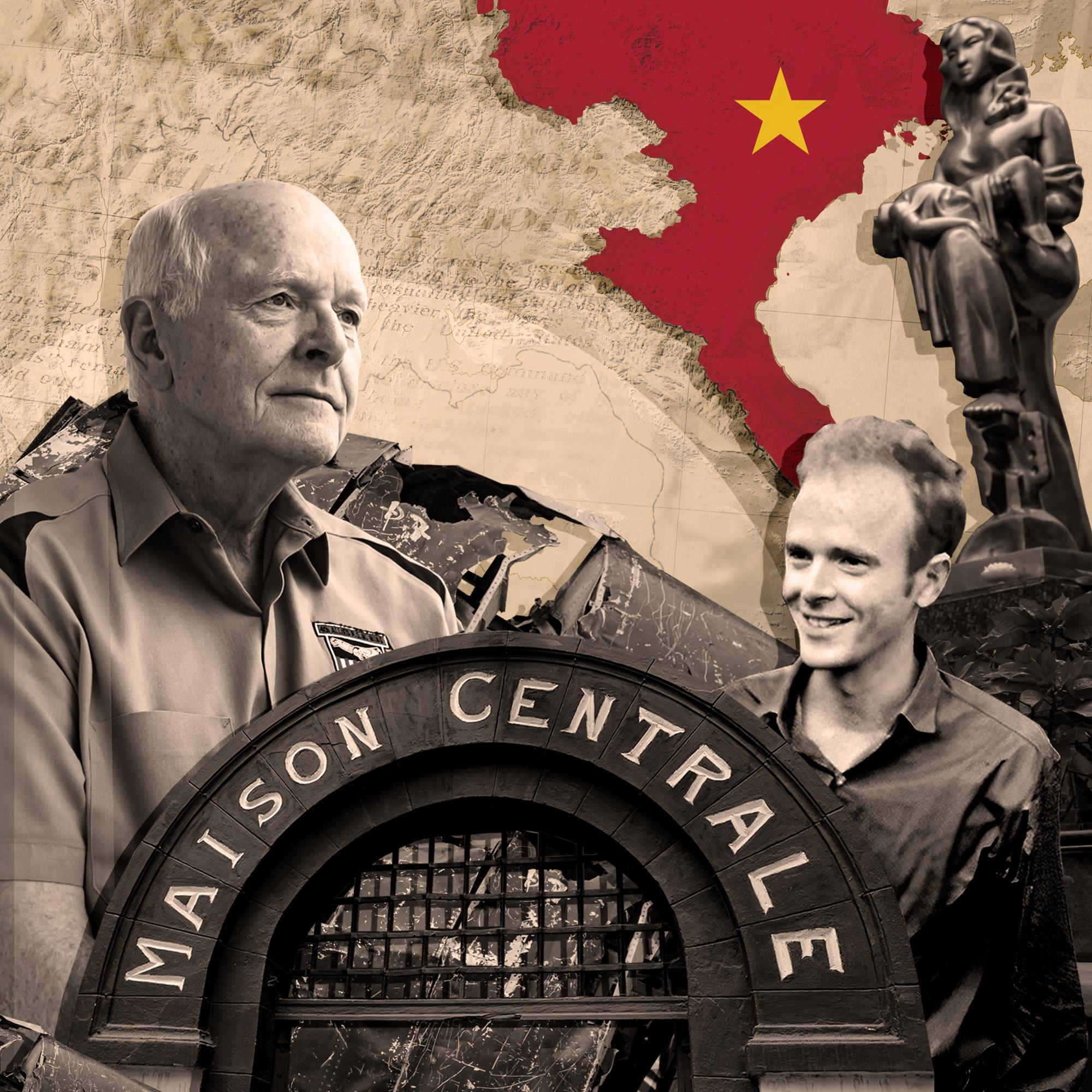
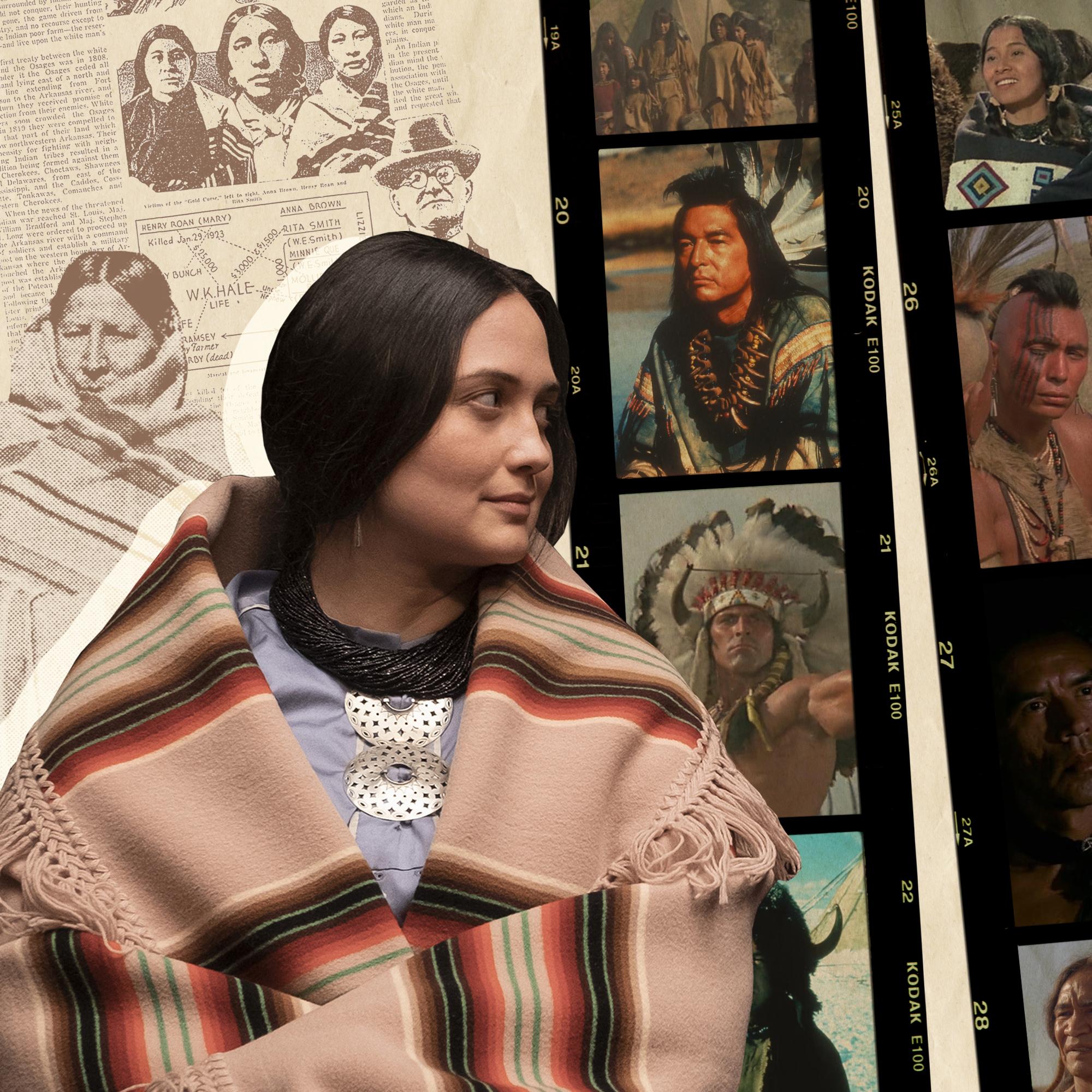
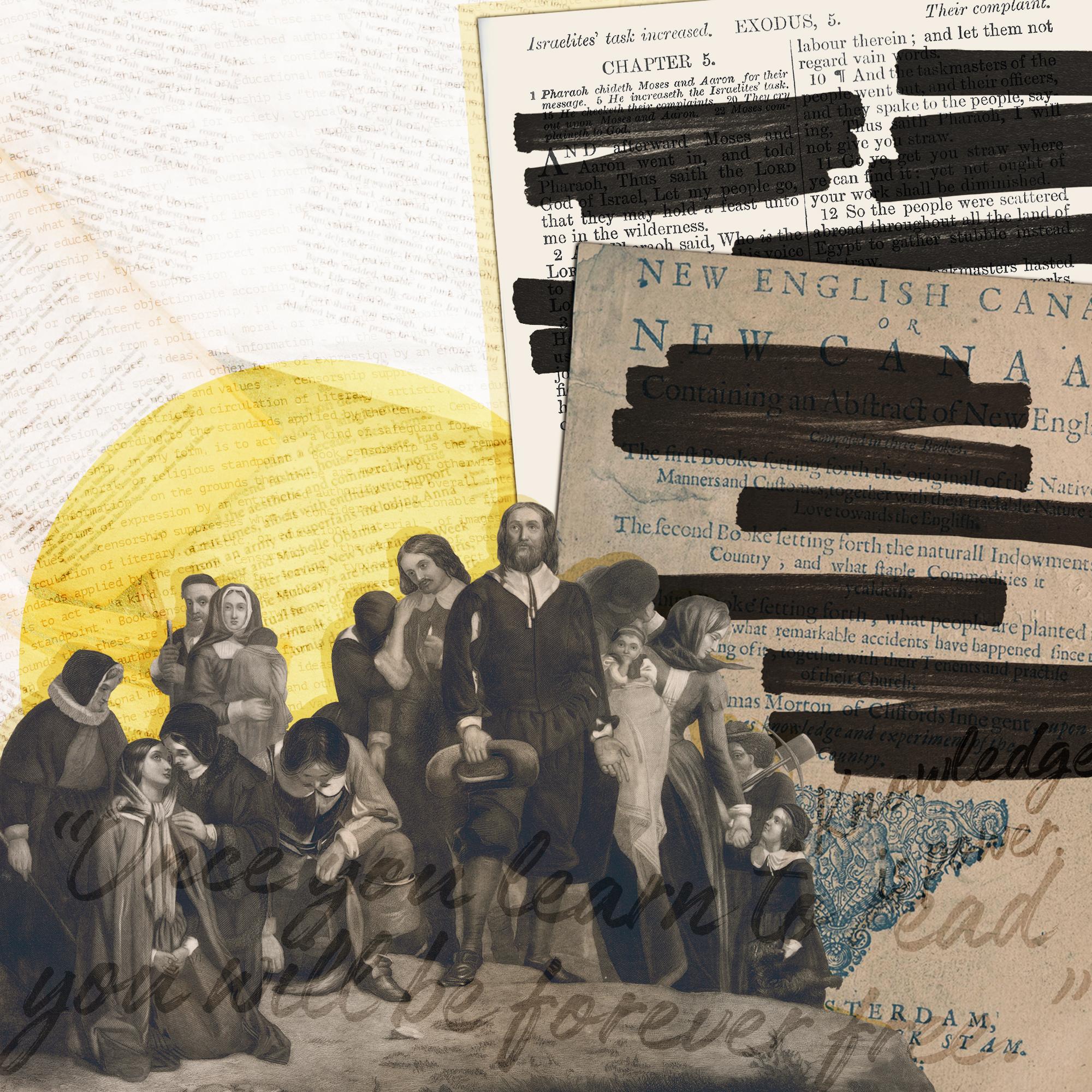
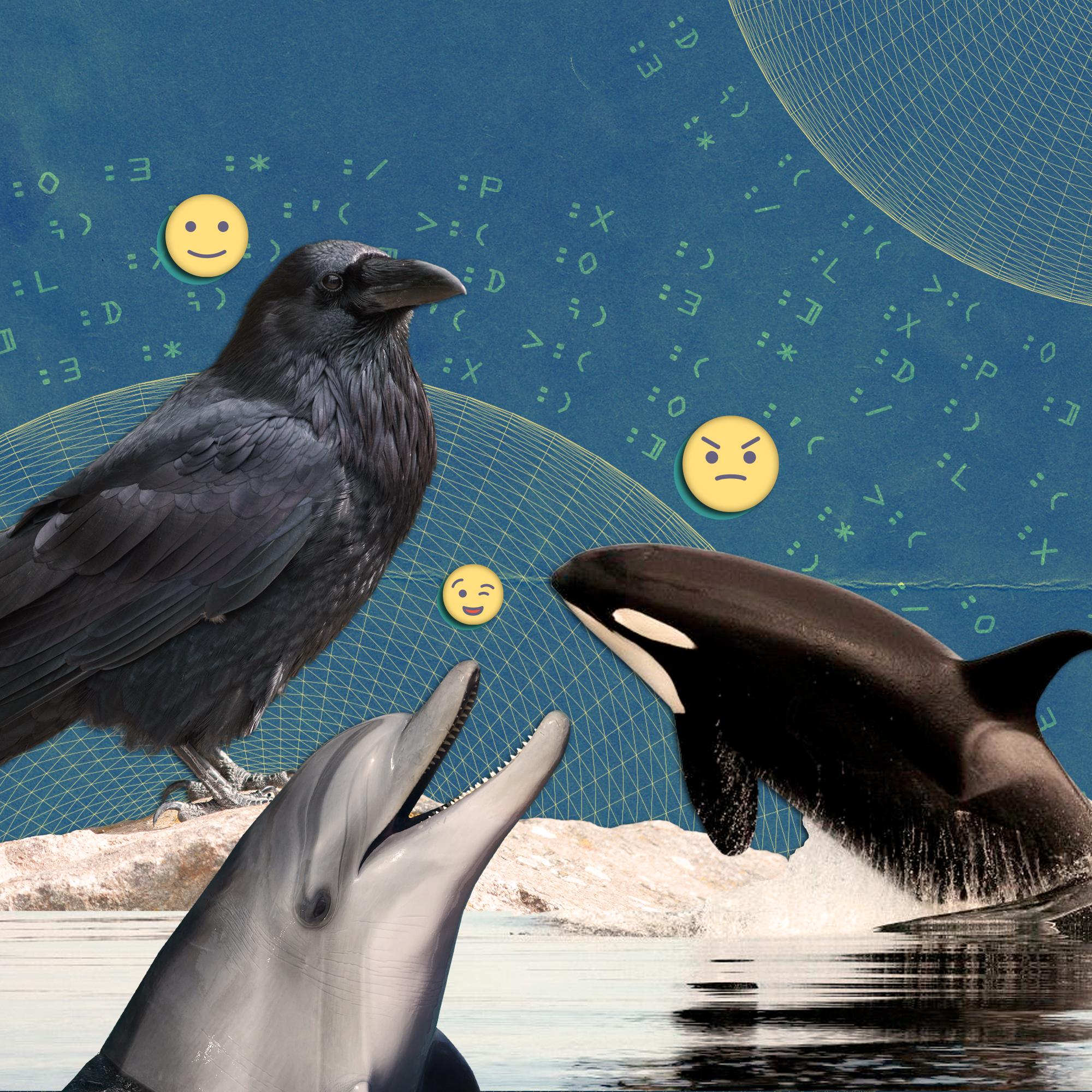

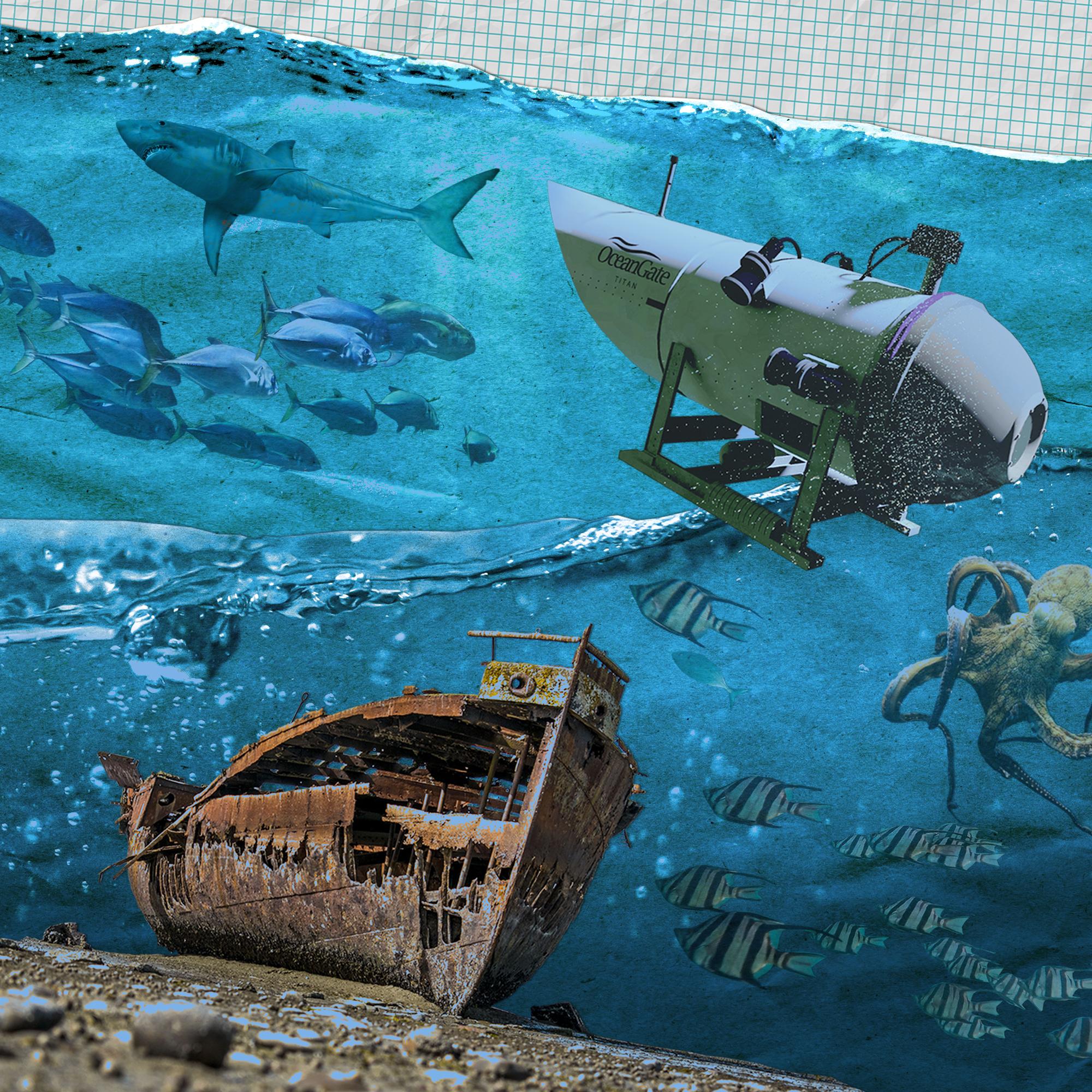
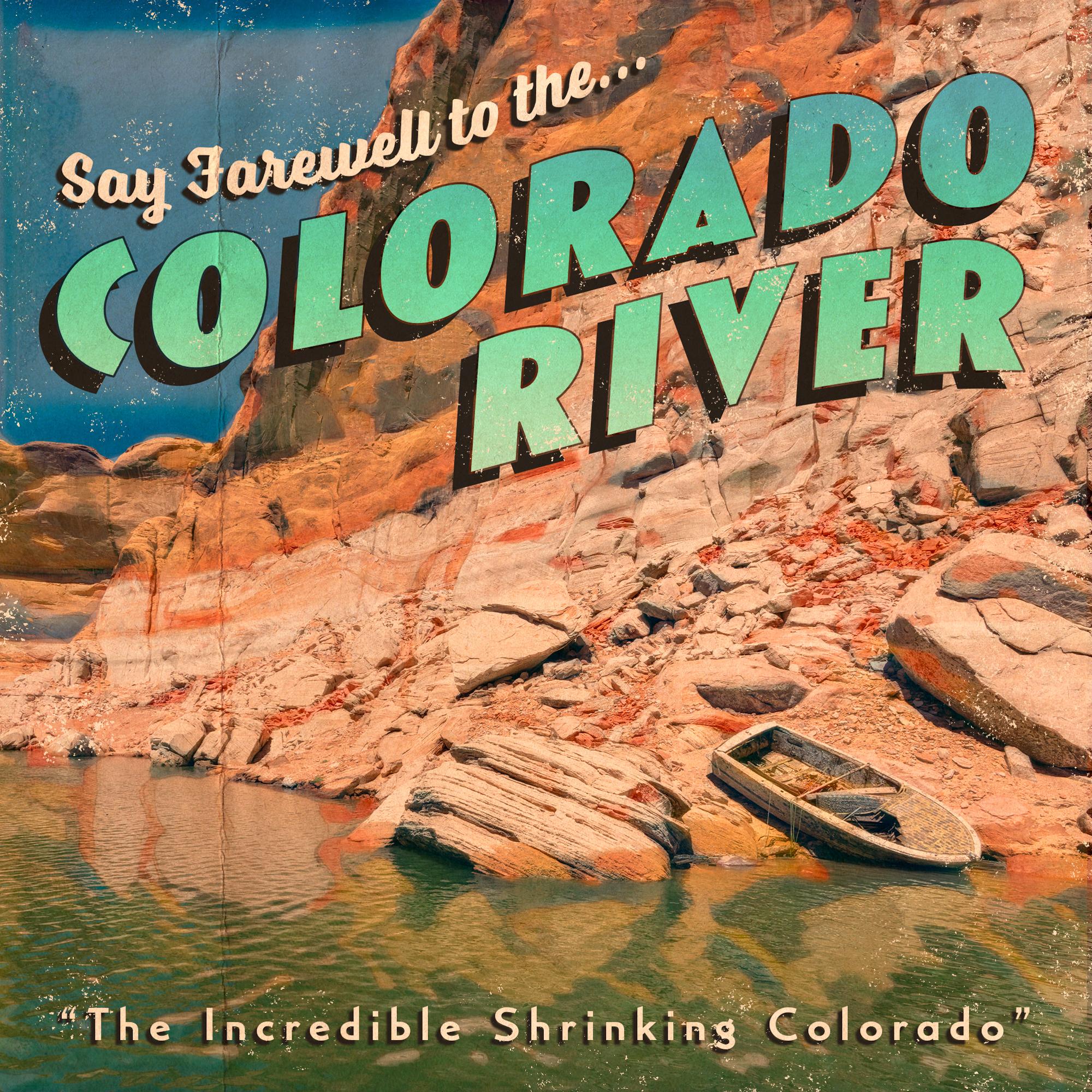
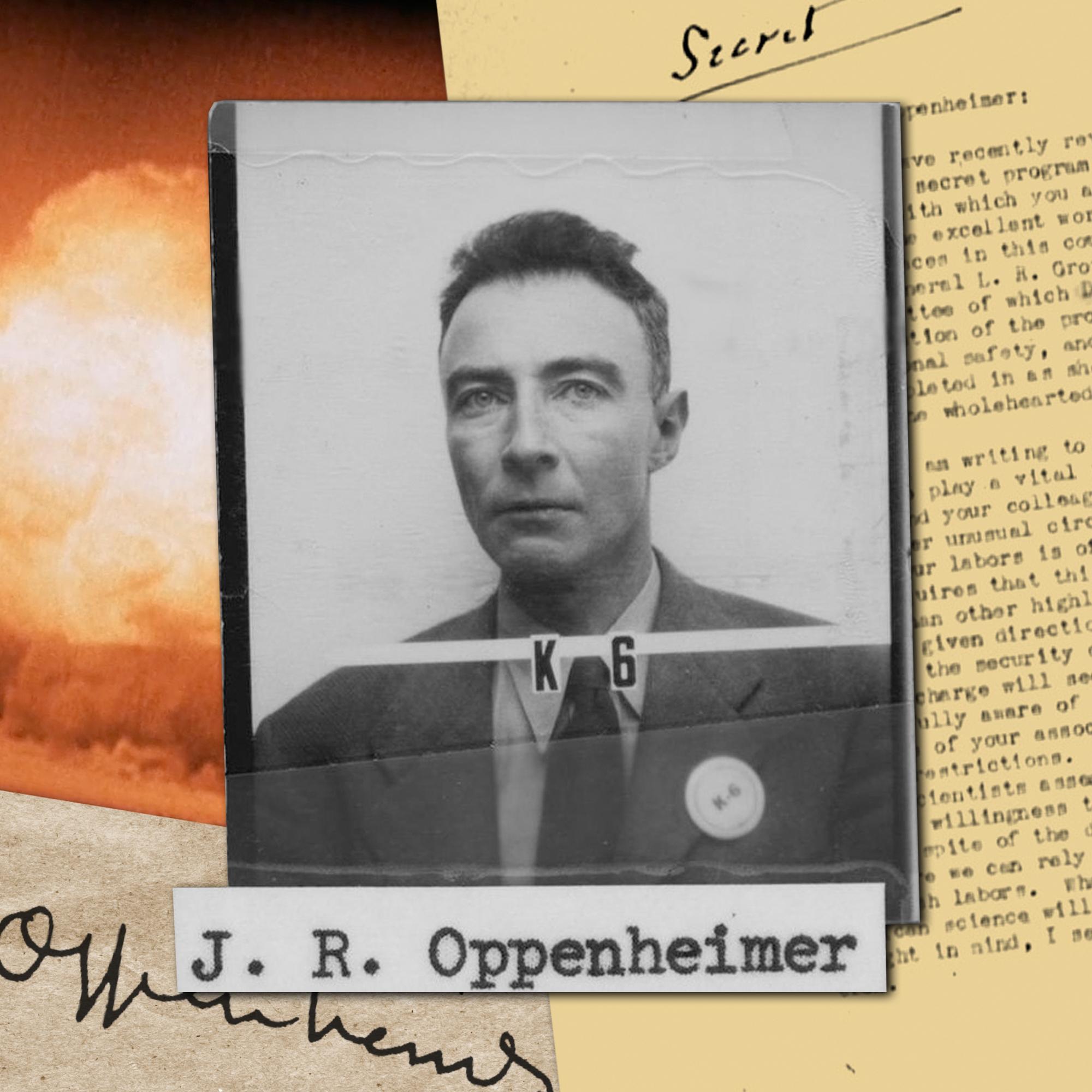


The Wild Story of What Happened to Pablo Escobar’s Hungry, Hungry Hippos

Four decades ago, Pablo Escobar brought to his Medellín hideaway four hippopotamuses, the centerpieces of a menagerie that included llamas, cheetahs, lions, tigers, ostriches and other exotic fauna. After Colombian police shot Escobar dead in December 1993, veterinarians removed the animals—except the hippos, which were deemed too dangerous to approach. The hippos fled to the nearby Magdalena River and multiplied.
Today, the descendants of Escobar’s hippos are believed to number nearly 200. Their uncontrolled growth threatens the region’s fragile waterways. Smithsonian contributor Joshua Hammer joins us to recount this strange history and explain why Colombian conservationists have embarked upon an unusual program to sterilize these hippos in the wild via “invasive surgical castration,” a procedure that is, as he has written for Smithsonian magazine, “medically complicated, expensive and sometimes dangerous for hippos as well as for the people performing it.” Then, ecologist Rebecca Lewison tells us how her long-term study of hippo populations in Africa offers hints of how these creatures will continue to alter the Colombian ecosystem—and what authorities can do about it.
Let us know what you think of our show, and how we can make it better, by completing our There's More to That listener survey here.
Read Josh Hammer's Smithsonian story about Escobar's hippos and their descendants here.
Learn more about Rebecca Lewison and her work here.
Find prior episodes of our show here.
There’s More to That is a production of Smithsonian magazine and PRX Productions.
From the magazine, our team is Chris Klimek, Debra Rosenberg and Brian Wolly.
From PRX, our team is Jessica Miller, Adriana Rosas Rivera, Genevieve Sponsler, Rye Dorsey, and Edwin Ochoa. The Executive Producer of PRX Productions is Jocelyn Gonzales.
Fact-checking by Stephanie Abramson.
Episode artwork by Emily Lankiewicz
Music by APM Music.